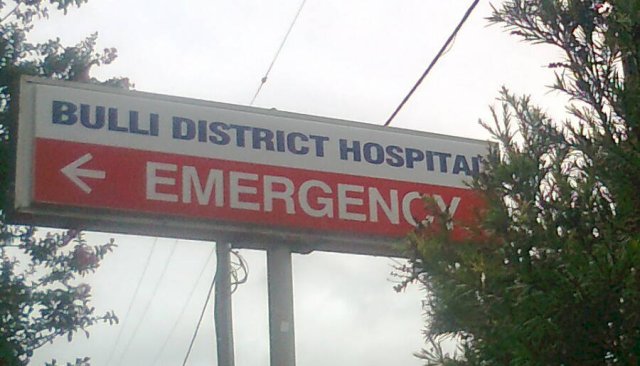
More than 500 people attended a public meeting at the Bulli Masonic Hall in the northern suburbs of Wollongong on July 29 to save the Bulli Hospital Emergency Department (ED). A PA had to be set up outside the packed hall so hundreds of people gathered outside could listen in.
Residents are opposed to the Illawarra Shoalhaven Local Health District's (ISLHD) proposal to downgrade the ED to an “urgent care centre”.
In a July 26 media release, Save Bulli ED Group convener Alison Fettell said: “Our research shows that an urgent care centre is — at best — an enhanced GP practice with slightly extended hours and a few more pieces of equipment. Life-threatening cases are not treated at urgent care centres, they are sent to emergency departments.”
Data published by the Bureau of Health Information (BHI) shows unequivocally that the ED is a life-saving facility. Last year the ED treated 123 “immediately or imminently life threatening” cases and 665 “potentially life threatening” cases.
Fettel said, “Bulli Hospital Emergency Department is saving lives. We want to see it stay there to keep saving lives, operating as a public Emergency Department 24 hours a day, seven days a week.”
Bulli's Hospital has been a community asset for more than 120 years. A public meeting in 1890 — held in the same Bulli Masonic Hall (then called the Oddfellows Hall) — resolved to build a hospital in Bulli, just three years after the tragic 1887 explosion at Bulli Colliery in which 81 miners were killed.
A resident, Mrs Organ, donated the land for the hospital. Local coalminers raised the initial funds for building it by each donating a penny a week. Over the years community members have donated countless volunteer hours and raised substantial funds for hospital equipment.
Many of the community members at the July 29 meeting spoke of their experience as patients at the ED. The meeting endorsed a community model that would keep the ED open 24 hours a day, 365 days a year. Under the model the hospital would triage and stabilise patients, and then treat or transfer based on patient needs.
Fettell told the meeting: “We demand that the model be adopted by the ISLHD and a dedicated, recurrent budget be made available by current and future governments to sufficiently resource — including doctors and nurses — this community-endorsed model.”
Participants made clear the community would maintain the fight to see these demands met.
Comments
Anonymous replied on Permalink